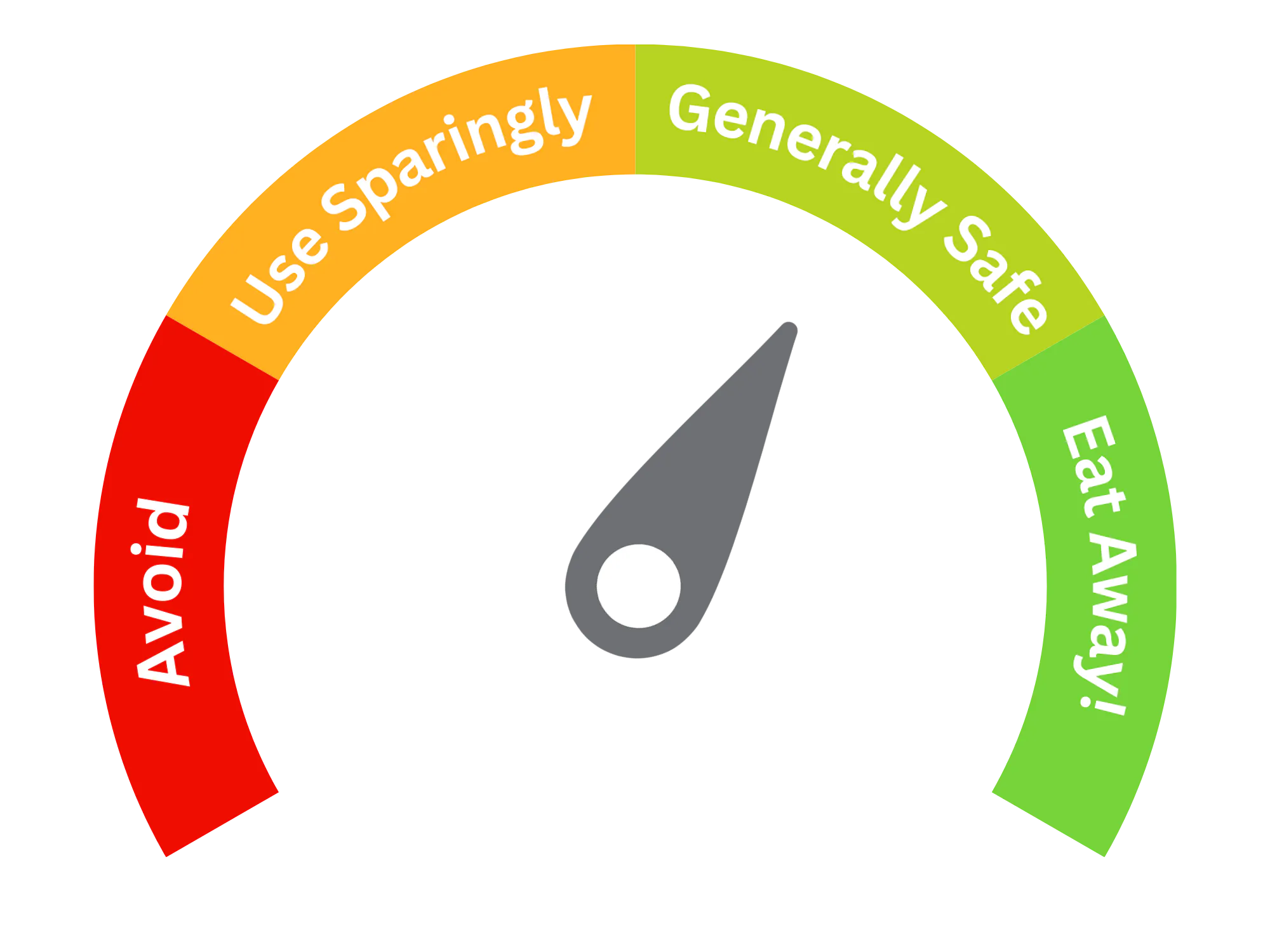Gold (E175)
Purpose and Function
Gold (E175) is a metallic food additive used primarily for decorative purposes in luxury and gourmet food products. It imparts a shiny, metallic gold appearance and is typically applied in small amounts for aesthetic enhancement rather than flavor or nutrition. Common uses include:
- Confectionery: Used to decorate chocolates, candies, and other high-end sweets with a luxurious gold finish.
- Bakery products: Applied as a decorative element on cakes, pastries, and cookies, especially for special occasions or upscale desserts.
- Gourmet foods: Found in specialty dishes, like sushi, desserts, and beverages, where a gold leaf or dust is used for visual appeal.
- Beverages: Sometimes added as gold flakes in luxury alcoholic drinks such as champagne or spirits for a sparkling effect.
E175 is often used in its edible leaf or dust form, giving foods an extravagant, luxurious appearance. It has no flavor and is purely decorative.
Potential Risks and Side Effects
Gold (E175) is generally considered safe for use in food when consumed in small quantities as a decorative element. Important considerations include:
- Inert and non-toxic: It is chemically inert, meaning it doesn’t react with other substances or break down in the digestive system. It passes through the body without being absorbed, making it safe for consumption in minimal amounts.
- No nutritional value: It has no known nutritional benefits and does not contribute to the body’s dietary needs.
- Regulatory approval: E175 is approved in the European Union for decorative use in foods. In other regions, including the United States, edible gold is permitted as a decoration on food, but its use is not widespread.
- Surface decoration only: Like other metallic additives, E175 is used on the surface of foods to provide a decorative effect. It should not be consumed in large amounts, though the quantities typically used in decoration are very small.

